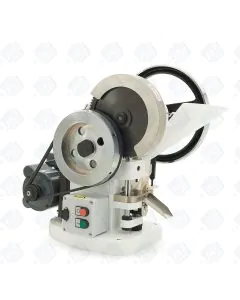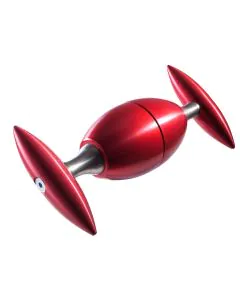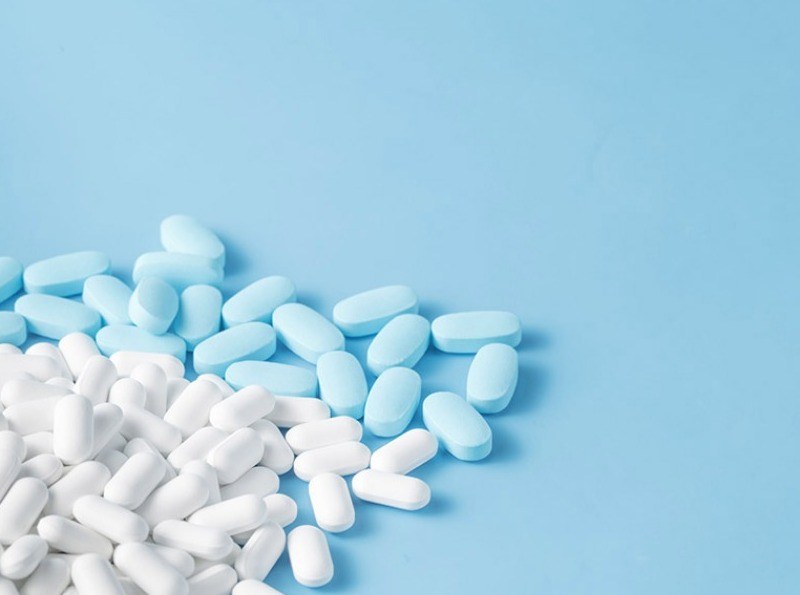Types of Tablets (With Examples)
Pharmaceutical tablets are solid dosage forms that contain one or more active ingredients and excipients. They are usually made by compression in tablet press machines or molding and are taken by mouth or other routes. Tablets are the most common way medicines are given, with uncoated and coated tablets being the two main forms.
Below are the main types of tablets, including their definitions and examples.
1. Uncoated Tablets
Uncoated tablets are compressed tablets that do not have any outer coating. They are made by pressing active ingredients with excipients into a solid form. These are the simplest type of tablets and are often used when no protection from light, moisture, or stomach acid is needed.
Examples:
- Paracetamol uncoated tablets
- Aspirin uncoated tablets
Advantages:
- Easy to manufacture
- Cost-effective
- Faster disintegration and absorption
Disadvantages:
- May have a bitter taste
- May break or crumble more easily
- Less protection for sensitive ingredients
Sign Up to Our Newsletter
2. Coated Tablets
Coated tablets have an outer layer made from materials like sugar, film, or polymers. The coating can improve taste, protect the drug from stomach acid, or control how the drug is released.
Types of coated tablets:
- Sugar-coated tablets
- Film-coated tablets
- Enteric-coated tablets (see below)
Example:
-
- Ibuprofen film-coated tablets
3. Dispersible Tablets
Dispersible tablets are designed to break up and form a uniform suspension when placed in water. They can be film-coated or uncoated.
Example:
-
- Dispersible amoxicillin tablets

4. Effervescent Tablets
Effervescent tablets are uncoated and dissolve quickly in water. They contain acid and bicarbonate, which react to release carbon dioxide gas. This helps the tablet dissolve fast.
Example:
- Vitamin C effervescent tablets
5. Modified-Release Tablets
These tablets are designed to release the active ingredient slowly or at a specific time. They can be coated or uncoated.
Types include:
- Enteric-coated tablets: Resist stomach acid and dissolve in the intestines.
- Prolonged-release tablets: Also called sustained or extended-release. Release the drug over time.
Examples:
- Enteric-coated omeprazole tablets
- Extended-release metformin tablets
6. Soluble Tablets
Soluble tablets are dissolved in water before use. They may be coated or uncoated, depending on the formulation.
Example:
- Soluble aspirin tablets

7. Tablets for Use in the Mouth
These are used when fast absorption is needed or when swallowing is difficult.
Types include:
- Buccal tablets – placed between the gum and cheek
- Sublingual tablets – placed under the tongue
- Lozenges and troches – dissolve slowly in the mouth
Examples:
- Nitroglycerin sublingual tablets
- Vitamin C lozenges
8. Tablets for Other Routes
8. Tablets for Other Routes
These are placed in parts of the body other than the mouth, such as the rectum or vagina.
Examples:
- Vaginal tablets (e.g., clotrimazole)
- Rectal tablets
What are the Advantages of Tablets?
- Easy to use
- Accurate dose per tablet
- Can be coated to mask taste or protect the drug
- Cost-effective
- Long shelf life
- Suitable for modified-release formulas

What are the Disadvantages of Tablets?
- Slower onset than injections
- Not all drugs can be made into tablets
- Some people (especially elderly or children) have trouble swallowing









